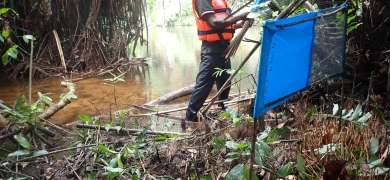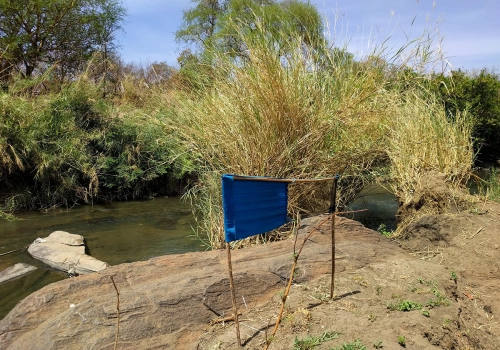Sleeping sickness

A history of devastation—and determination
For more than a century, sleeping sickness, also known as human African trypanosomiasis (HAT), has shaped life in parts of Africa. Transmitted through the bite of an infected tsetse fly, left untreated, the disease progresses from flu-like symptoms to neurological decline—and ultimately, death.
Epidemics in the early 20th century devastated entire communities, with hundreds of thousands of cases recorded. By the 1990s, over 330,000 people were still infected each year.
Efforts to eliminate the disease are a case study in the power of collaboration. Initiatives like the TrypaNO! and TrypElim partnerships have brought together governments, researchers, and health organizations to speed up innovation and ensure that appropriate prevention tools, rapid diagnostics, and simplified treatments continue to reach those who need them most. Integrating vector control with screening and treatment has proved key to driving down cases.
To date, eight countries have achieved elimination of gambiense sleeping sickness a public health problem. In 2024, just 546 cases were reported, down from 27,862 in 1999 – a drop of 98%. The World Health Organization (WHO) road map for neglected tropical diseases 2021−2030 now targets this disease for elimination of transmission in 15 countries by 2030.
Targeting the source: stopping tsetse flies
Tsetse flies are the sole transmitters of sleeping sickness, making vector control a powerful strategy—not just for reducing cases, but for breaking disease transmission.
Tiny Targets—small, insecticide-treated panels—attract and kill tsetse flies in high-risk areas, reducing their numbers by up to 80%. These simple tools are easy to deploy and work best when local communities are involved in placing and maintaining them.
